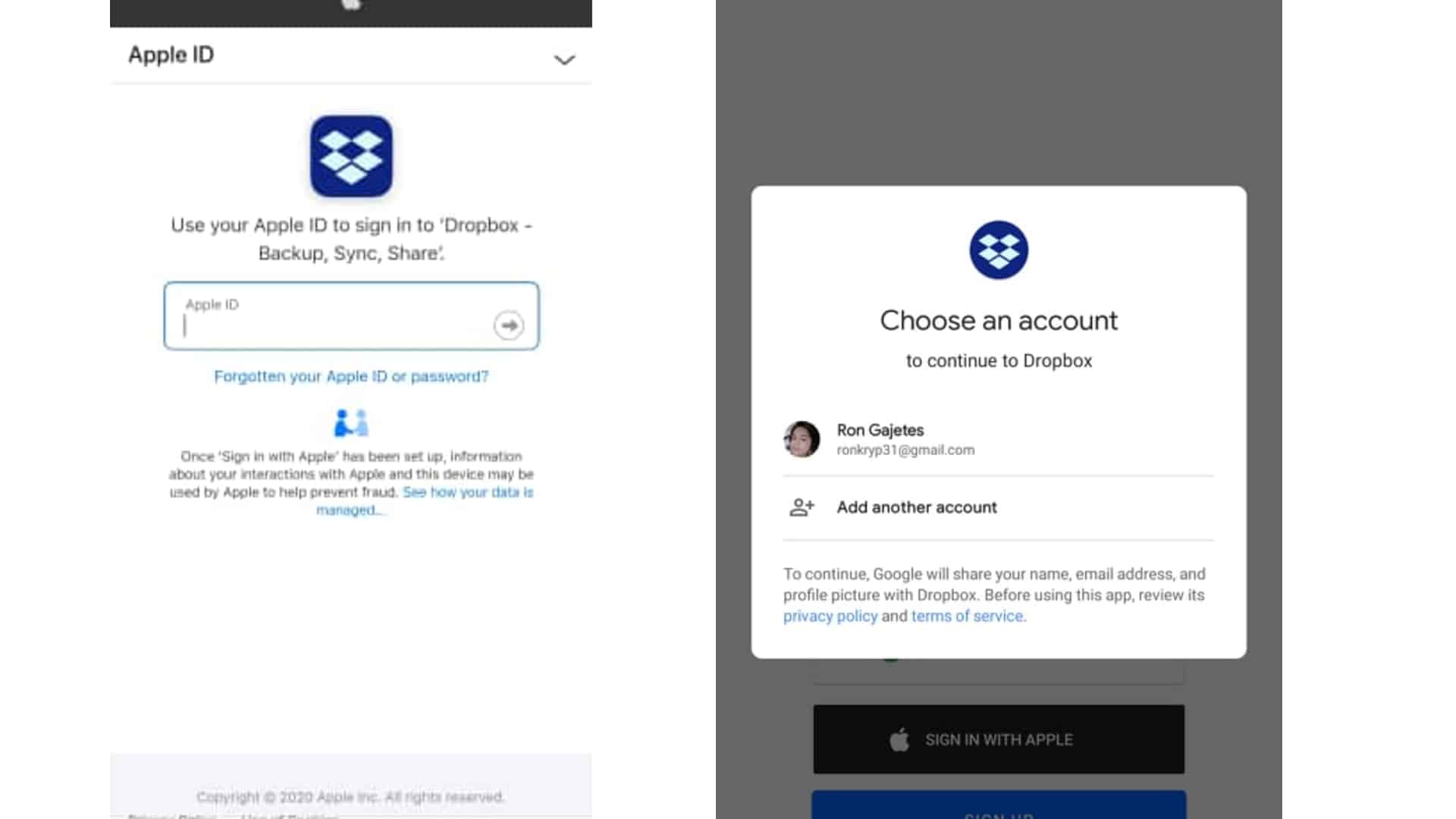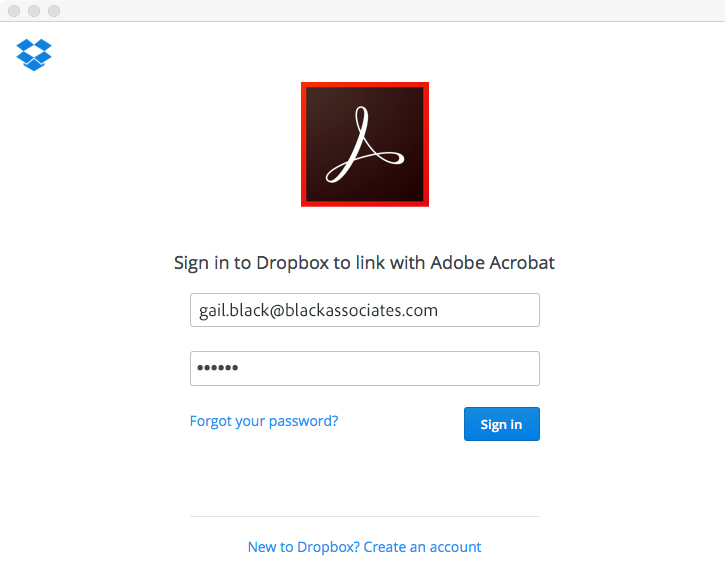

- SIGN IN DROPBOX FULL
- SIGN IN DROPBOX SOFTWARE
- SIGN IN DROPBOX CODE
- SIGN IN DROPBOX PLUS
SIGN IN DROPBOX CODE
Incorporating these codes is similar to the code flow above, with the following additions: Your app should construct a random code_verifier at authorization time of the user. PKCEis an open extension to OAuth 2.0, and solves this problem using dynamic codes instead of the static client_secret.
SIGN IN DROPBOX SOFTWARE
Hosted software deployed on untrusted or client infrastructure.Single-page applications in pure JavaScript.Desktop and mobile apps without a server (which need to include the secret in binaries).Some types of applications may be unable to keep the client_secret secure. If your app can’t guarantee it’s security, then we recommend the use of PKCE as described below Implementing PKCE


When using the code flow, your app must keep the client_secret secure.
If your application needs additional context to complete the redirect, you may pass a state parameter the authorization URL - which will be returned as a query parameter in the redirect. This extra step is less convenient for end users, but appropriate for apps that cannot support a redirect. The redirect_uri is optional with the code flow - if unspecified, the authorization code is displayed on for the user to copy and paste to your app. Dropbox checks that the specified redirect_uri parameter in your Authorization URL matches one of the registered values at authorization time. You'll need to register the exact redirect URI(s) your app may use in the App Console for your application. Call the /oauth2/token endpoint with your app’s client_secret to exchange the code for an access token in order to make API calls. Wait for the end user to complete authorization on, whom is then redirected back to your URI with an authorization code in the query string. Construct a Dropbox authorization URL, with your application’s client_id and redirect_uri (if applicable) and specifying the response_type of code, and present it to the user. In order to implement it, your application should: The code flow is the recommended OAuth flow for all types of applications. If you’re using one of the SDKs, see their tutorials and sample apps for reference after reviewing this guide. Using one of these SDKs is recommended when possible. While doc will cover details of OAuth using HTTP calls, remember that Dropbox SDKs will take care of some of the OAuth 2 process automatically for you. Your end-users will connect to that app via the OAuth flow. Keep in mind that this is only for your own account - you'll need to use the standard OAuth flow to obtain access tokens for other users.ĭo not instruct your users to register their own Dropbox application to use your app - you just need to register your app once. When using API scopes, you may also ask for minimal permissions at authorization time - then re-authorize at later time if and when your application requires more permissions from the user. Requesting more scope and content access than required may result in end users not accepting your OAuth request and could impact your app review process. 
This permission is appropriate when your application needs to regularly access pre-existing content in the user’s account.Īlways ask for the least amount permissions required by your applications.
SIGN IN DROPBOX FULL
Full Dropbox: Your application will be able to take actions allowed by its scopes on all data within the user’s Dropbox account.This option is suitable for apps that export content or manage only their content. App Folder: Your application will be able to take actions allowed by its scopes on data within its app folder only (in the /apps folder).Content AccessĪs you create your Dropbox application, you will also be prompted to select the scope of file access. If you have an existing app on these types, don’t worry - this transition does not require code change.
SIGN IN DROPBOX PLUS
Team member management – Team information, plus the ability to add, edit, and delete team membersįor compatibility, these deprecated app types remain selectable - but over the coming months we will begin to transition these apps to equivalent scopes. Team member file access – Team information and auditing, plus the ability to perform any action as any team member. Team auditing – Team information, plus the team's detailed activity log. Team information – Information about the team and aggregate usage data. Business API apps would select from one of four permission types to determine the API calls they have access to: Prior to the introduction of scopes, Dropbox API apps would select only their level of content access (described below).








 0 kommentar(er)
0 kommentar(er)
